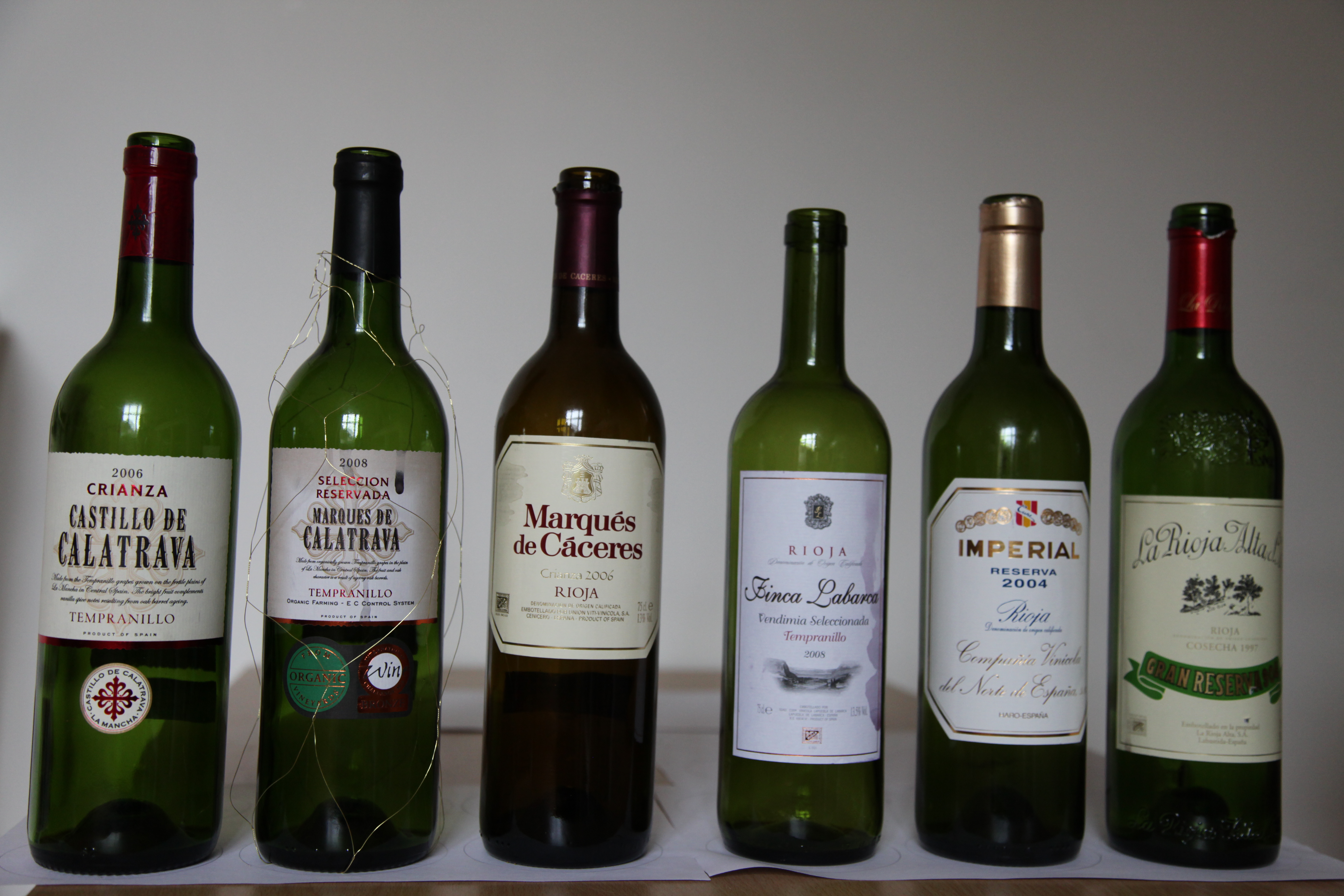Does the price of wine indicate its quality? A small wine experiment
From time to time you may find yourself standing in front of an enormous wine shelf filled with attractively labelled wines accompanied by even more appealing prices – in the case of wine the glamour of the price for some of us doesn’t mean that it is cheep though. A paradigm where higher price equals higher quality is deeply rooted in the minds of many consumers.
Before we get seduced by a well-known name or label we should ask ourselves first: why we are buying the wine this time?
For a pleasure we get from its taste? Do we want to age it and patiently compare as it develops year by year? Do we want to collect it and then sell for more? Or do we want to simply show off a bit to our business partners, friends and acquaintances?
If you belong to the first group as I do, then beware, you can overpay easily and be seduced by smart marketing tricks.
A large body of research (Almenberg & Dreber, 2010; Christine Boizot-Szantai, Sébastien Lecocq, and Stéphan Marette, 2005; Dubois & Nauges, 2006) have shown that we perceive a more expensive wine as tasting better as we try to justify its high price for ourselves. This occurs only when we know the price of the wine. When participants were asked to rate the wines they tasted blindly they often didn’t like the most expensive ones and their preferences widely differed. I wanted to see this on my own eyes.
I have conducted an experiment at my flat where I invited seven friends to taste blindly six different Spanish wines. All of them were based on Tempranillo.
I have chosen Spain as it offers a wide variety of quite cheap wines as well as ‘icons’ boosting sometimes with triple digit prices. Compared to French Bordeaux though the reputation of these wines didn’t benefit from the British boost of sales based on tight business relations during the 18th and 19th centuries. Therefore in this case the wines didn’t get immediately the prestige label from the participants of my study.

The six wines were divided into four groups:
1) Under £10 – three wines
- Castillo de Calatrava 2006 http://www.wine-searcher.com/find/castillo+de+calatrava/2006
- Marques de Caceres Rioja Crianza 2006 http://www.wine-searcher.com/find/marques+de+caceres+rioja+crianza/2006
- Marques de Calatrava Selecion Reservada 2008 http://www.waitrosewine.com/230490002/Product.aspx (2004/06)
2) £10-20– one wine
- Finca Labarca 2008 http://www.decanter.com/dwwa/2008/dwwa_search.php?rsearch=LAI (2006, 07)
3) £20-30 – one wine
- Imperial Reserva Rioja 2004 http://www.bbr.com/product-77266B-2004-imperial-reserva-cvne-rioja
http://www.wine-searcher.com/find/cvne+rioja+imperial+reserva/2004
4) £30 < X – one wine
- La Rioja Alta Gran Reserva 904; 1997 http://www.riojalta.com/en/la-rioja-alta/cada-vino.php?id=13&id_bodega=3
http://www.bbr.com/product-72976B-1997-gran-reserva-904-la-rioja-alta
NOTE: Most of them were bought in stores therefore their price can differ across various merchants.
We tasted them in two rounds. During the first no food was allowed, but as many wine drinkers prefer their wine with food, the second round was accompanied by tapas selected by the participants so they could eat what they like.
The results were striking! That each of us can have a different taste is accepted with food, but especially the purists cannot accept the same being valid for wine.
Nevertheless, we, indeed differ in our wine preferences. As one likes chocolate and the other loathes it or one likes sweets and the other a juicy steak – one prefers more juicy and softer wine and the other robust and intense flavours.
Three out of seven participants on my tasting liked the cheapest wine the most! Each of them was a slightly different type of drinker. One was an occasional drinker consuming very little, another an occasional guzzler consuming until enchanting others with funny comments, the last one was a wine connoisseur used to drinking specific wines from Central Europe.
The most expensive wine wasn’t the favourite of anyone. I could appreciate its depth and fullness, but also I have to admit – I knew how much I paid for it, therefore I was out of the game and disqualified from the ratings. Perhaps I was trying to find and justified the higher price of that wine.
The more experienced wine drinkers, who all lived in London for a while, favoured the second most expensive wine, which would enrich your pocket of over £15 if you bought it instead of the most expensive one! In this case it was ‘only’ £15 – £25 saving, but there are many really expensive wines going into thousands which you may not enjoy as much as a bottle of your uncle’s wine he brings to a family gathering every time.
Here we have it – great wine for you isn’t about the price, BUT ABOUT KNOWING WHAT YOU LIKE, describing it to a wine merchant and finally if he/she is a fair person you should after all get a good VALUE in the wine you buy.
PEPPERY NOTE AT THE END: The genetics didn’t determine our taste in this experiment since my sister took part as well and didn’t like the same wines as I did.

